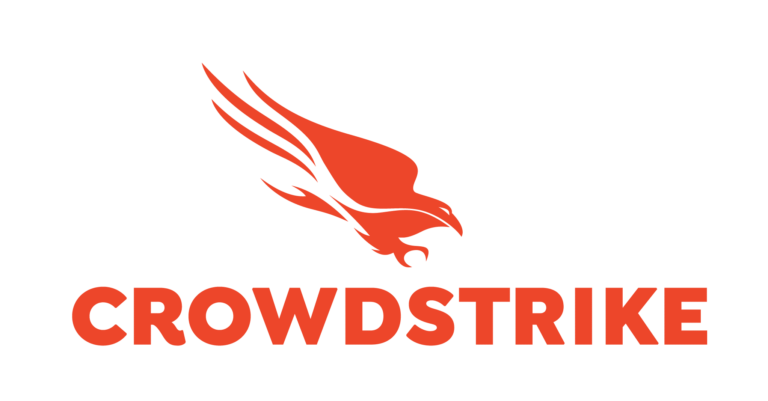Clinical Trial PESO - Addressing Participant Recruitment and Operations
Johns Hopkins Medicine and Johns Hopkins Bloomberg School of Public Health faced a critical need for participant recruitment in a major national clinical trial focused on an early COVID-19 treatment. They recognized the limitations of traditional recruitment methods and sought an integrated marketing strategy to effectively enroll a significant number of participants.
Challenges and Considerations in Clinical Trial Participant Recruitment
To address the recruitment challenge, a fully integrated media planning approach known as Paid, Earned, Shared, and Owned + Technology (PESO+Tech) was employed. This agile process aimed to educate, enroll, and manage candidates throughout the screening process, ensuring the required number of patients for the trial.
Audience Architecture: Identifying Target Audiences and Influencers
The first step involved utilizing the Audience Architecture process to identify and map key target audiences, community and healthcare influencers, and active COVID-19 testing sites. These insights guided the deployment of paid and earned efforts to effectively engage with the desired audiences.
PESO+Tech Approach: Leveraging Paid, Earned, Shared, and Owned Channels
Paid media strategies combined digital and traditional channels along with experiential engagements to geo-target specific audiences nationwide, particularly near trial testing locations. Traditional media channels initially played a role in building awareness and reach, while digital channels sustained efficient traffic and generated leads. Location-specific tactics, such as street teams and geo-fenced retargeting, further enhanced education and lead generation in key communities or areas with potential for new recruits.
The PESO approach allowed for efficient testing of creative messaging and Calls-to-Action (CTAs) across different media channels.
Earned media coverage played a crucial role in educating and informing various communities about the trial, combating misinformation, and driving participation.
Shared strategies involved engaging the public on social media platforms, leveraging earned media content, and utilizing chatbots to address inquiries.
Owned capabilities included a proprietary website that facilitated content sharing and self-contained module presence, optimized for converting new candidates. A powerful candidate management platform streamlined call center pre-screening and provided alerts and tracking for participating testing sites throughout the process.
End-To-End Funnel & Participant Journey Optimization
A fully-integrated PESO reporting dashboard was developed to analyze correlations and identify opportunities for improvement. This dashboard provided valuable insights to evolve the overall strategy during the campaign, ensuring a seamless participant journey from awareness and education to engagement and lead generation.
Conclusion: Impact on Public Health and Future Opportunities
The study successfully concluded, reporting a 50% reduction in the need for hospitalization through the early treatment. If you are interested in exploring the details of this case study or discussing a comprehensive marketing strategy for your own clinical trial, we are available to provide additional information and connect with you and your team.




